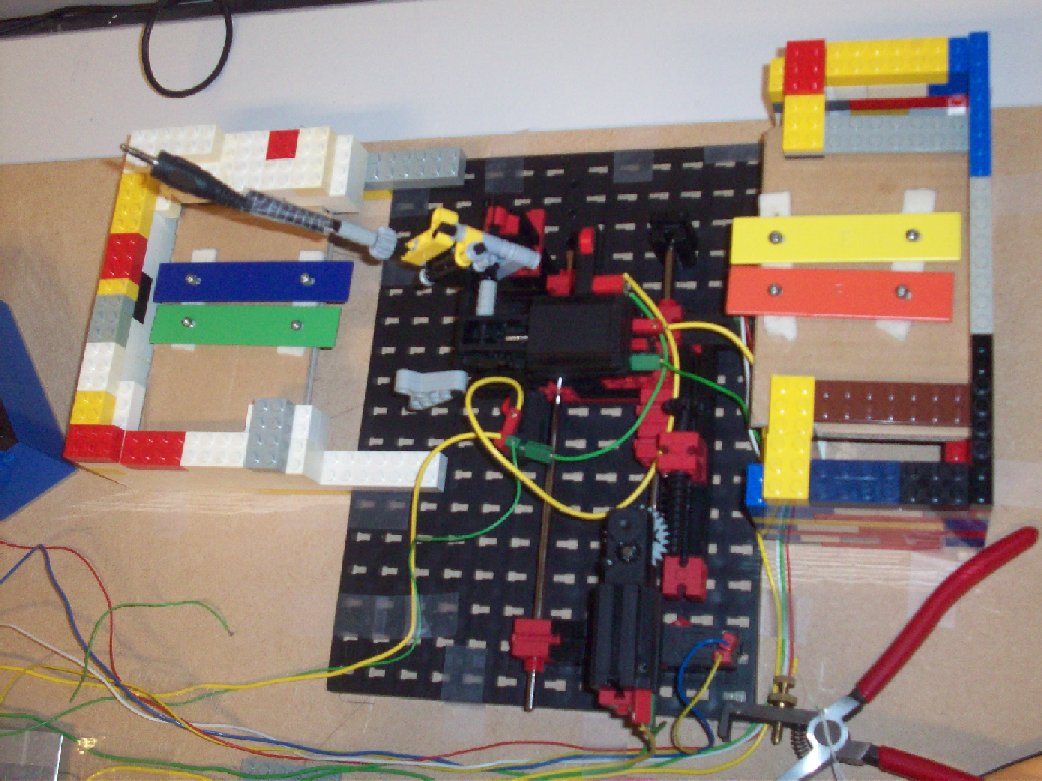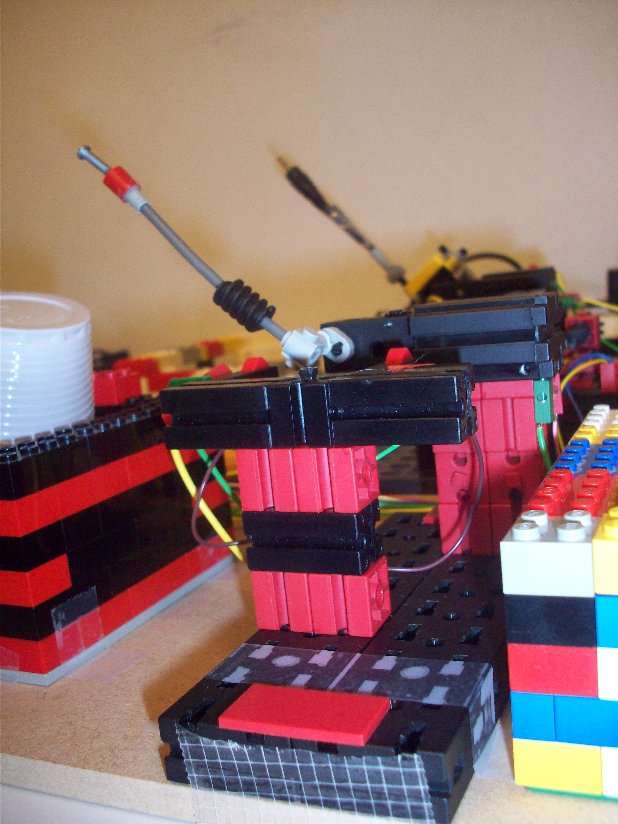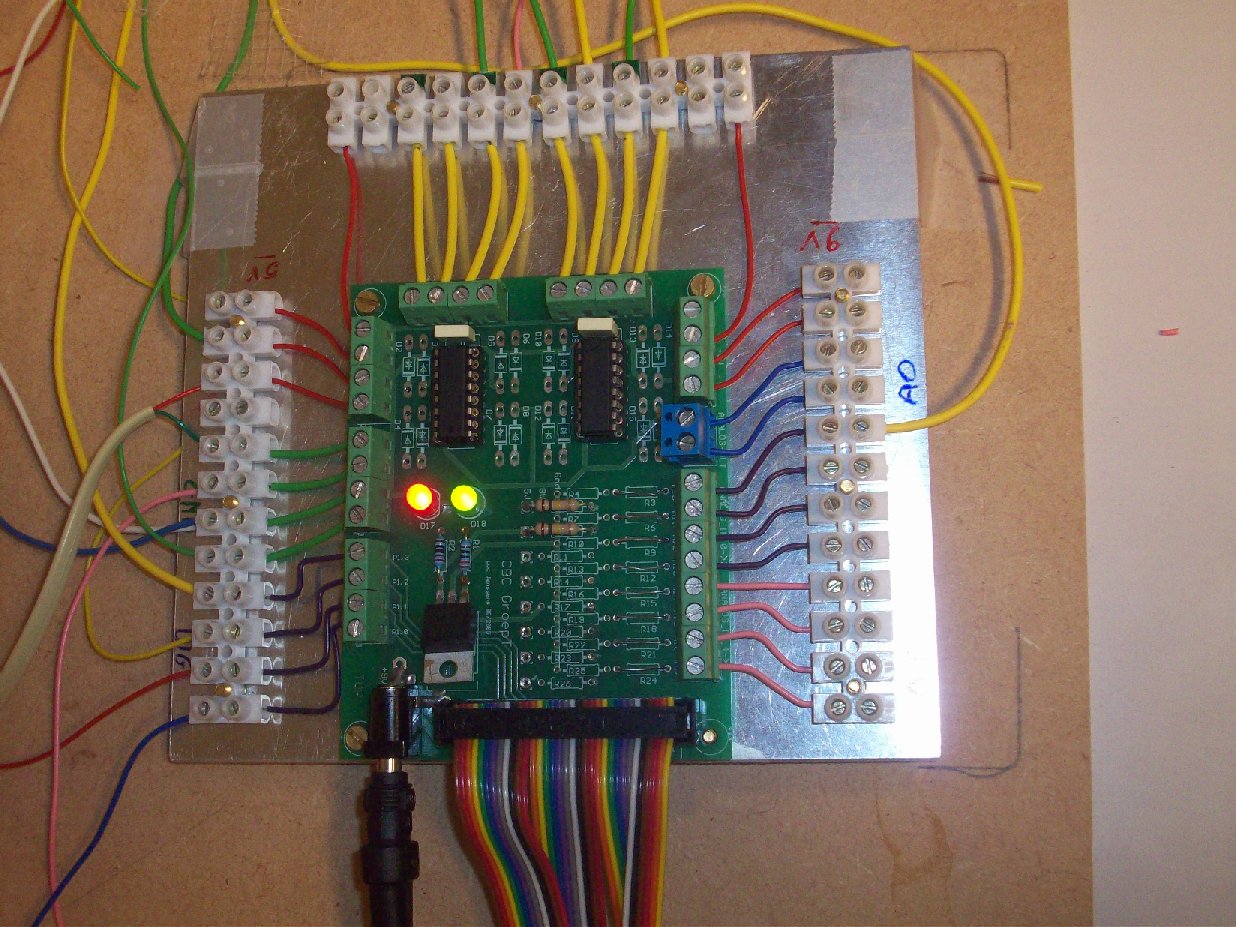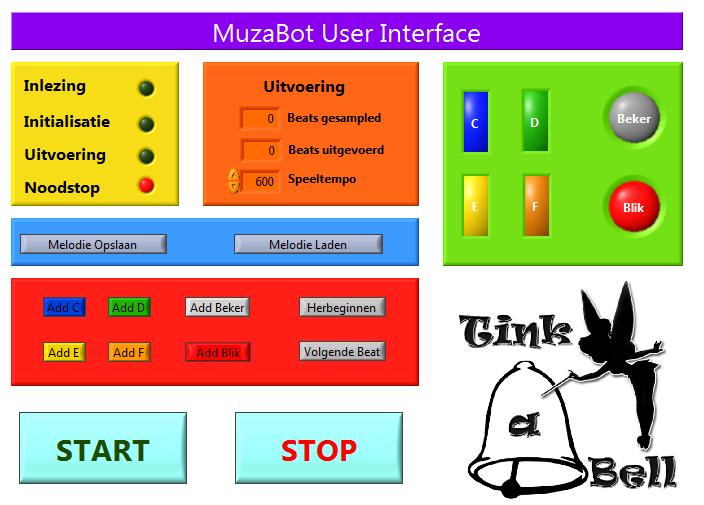Note: This was the situation in early 2012, since then Group T has improved the whole process a bit.
As the minister of Education is aiming to get at least 1/4 students out on an Erasmus experience, let’s take a closer look at how things are handled at Group T. From my point of view that is. I’m not going to discuss coming to Group T as a non-Belgian student, just the other way around, as a Group T Electronics-ICT student going abroad.
As noted on the Group T website there are several semesters you can choose from, being in my 3rd bachelor year and having a friend who was considering it I thought it’d be a cool experience to have as well. Judging from the blog and photos of my stepbrother, it sure is. Anyway, we checked out the listed partner universities, too bad the information is insufficient and rarely updated.
We started out by selecting some universities we thought were pretty good, such as the ones in Finland and the UK. Sadly the Finnish one almost had no English courses and attending classes taught in Finnish wasn’t going to work. Rejoice when we found a lot of matching courses in England! When we decided to go ask the Erasmus coordinator at Group T, she informed us the agreement was only for the chemistry department (why isn’t this information on the website?). Onto Denmark, no luck either, after pushing to call the university it appears they do not accept any more Erasmus students. The search continued..
Matching courses is quite a bit of work, we had a couple of universities that would do, however none of them seemed to be eager to accept Group T Erasmus folks. At the moment we asked to contact the university my stepbrother is at, though enthusiastic, the coordinator didn’t call right away, which I think would give an answer a lot faster than ‘waiting a week for them to respond to my email’.
I think it’s kinda unfortunate Group T profiles itself as an ‘International University College’ though going on Erasmus as a Belgian student (at least when you’re in the Electronics department) is a huge struggle to even get one university you can go to. We’ve been trying for over a month now and without any luck. It seems most of the partners do not have matching courses for the Electronics master.
First of all they should put a LOT more work into the Erasmus section of the website, add more useful, correct, accurate and important information. There are just a couple of Electronics students that applied, a couple being less than five! I’m starting to think quite a lot of people just give up after spending hours on trying to get a program together which is shot down soon after.
That being said, the professors are very helpful on the other hand. The Electronics department director tried his best to help us and some of the professors we asked were prepared to take a look at courses of other universities to see if they matched with theirs.
In the end I think Group T still has a long way to go if it truly wants to be ‘International’, at least for its native students. Promotion for this is rarely seen, only after we asked about it they put a small news post on the Group T site linking to the (outdated) Erasmus page.
I’d love to hear other Group T students and their experience with applying for an Erasmus semester as well as the story of people who returned after being away for a semester. I’m sure if more people would blog about it, or even talk about it, more students would be interested and hopefully more effort would be put into the whole program. But there are no testimonies to be found (do link me to them if you come across them though).
We’ve been waiting for about a week for a reply from Sweden but no luck yet, it seems chances for a semester abroad are slimming by every passing day.
Update July 2012: Managed to get accepted into Politecnico di Torino, check the Erasmus tab at the top of the site to see more information.




